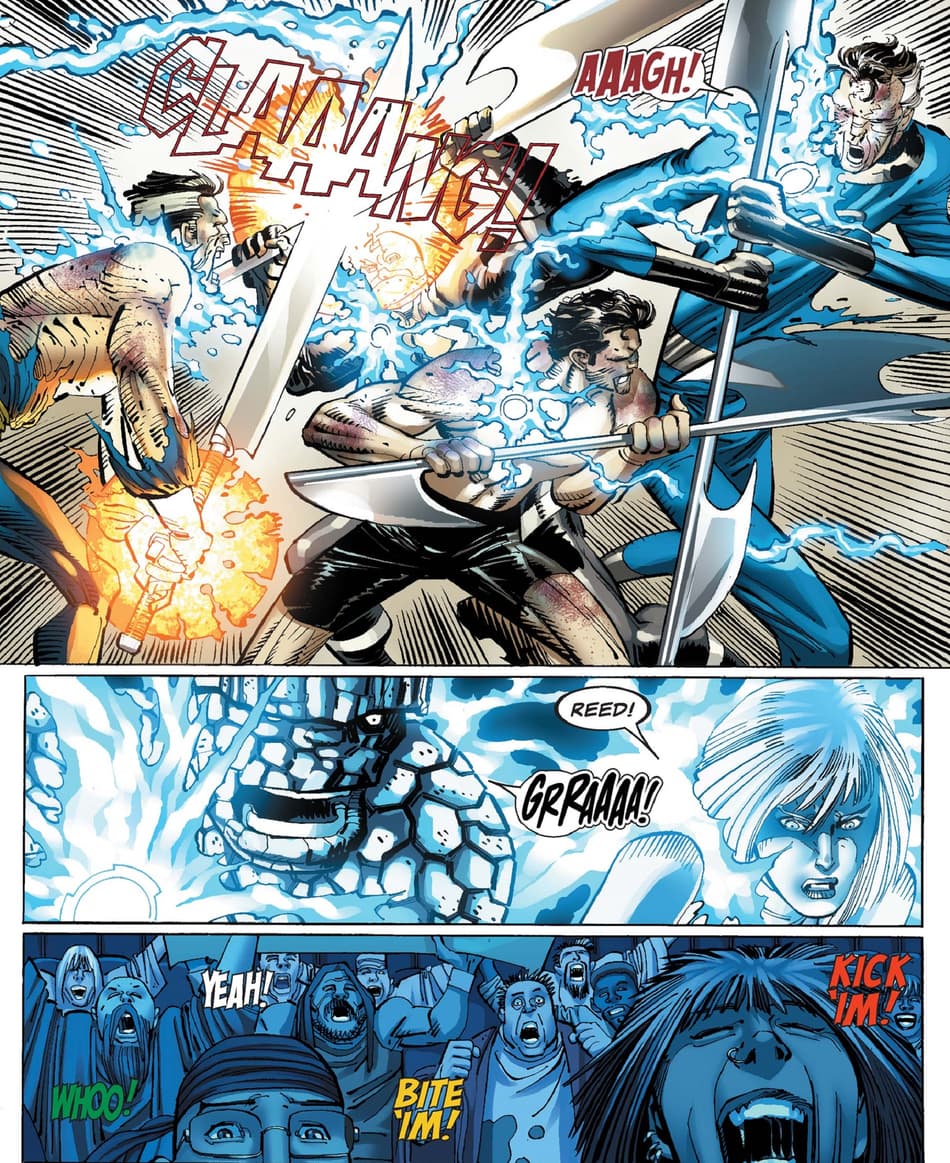Step-by-Step Guide on How to Become a Freemason for New Members
Step-by-Step Guide on How to Become a Freemason for New Members
Blog Article
Discover the Tricks Behind the copyright and Their Impact on Society
The copyright, commonly shrouded in myth and conjecture, offers a fascinating situation research of how historical perfects can change into contemporary conspiracy theory concepts. Founded in the middle of the Knowledge's welcome of factor, this secret society aimed to challenge the condition quo, yet it has actually since ended up being associated with ideas of hidden power and manipulation. As we explore its beginnings, impact on cutting edge thought, and portrayal in contemporary culture, we start to discover the layers of intrigue that proceed to mesmerize society. What continues to be unpredictable, nevertheless, is just how these perceptions shape our understanding of authority and transparency today.
Origins of the copyright
The copyright, often shrouded in secret and speculation, traces its origins back to the late 18th century. Understood as the Bavarian copyright, the company's primary purpose was to counter the current impact of spiritual dogma and promote intellectual discussion amongst its participants.
The copyright embraced a hierarchical framework, drawing motivation from Freemasonry, which enabled secretive conferences and rituals - how to become a freemason. Subscription was careful, encompassing prominent numbers from different fields, including politics, approach, and science. This elite network looked for to effect social and political adjustment with private methods, promoting for the legal rights of individuals and the betterment of society
In spite of its fairly brief existence, the Bavarian copyright was officially dissolved in 1785 because of government reductions. Its heritage sustained, providing rise to many conspiracy theory concepts and popular society referrals that proceed to provoke intrigue and discussion concerning its effect on contemporary society.
Key Misconceptions and Mistaken Beliefs
In the middle of the appeal of secrecy surrounding the copyright, various myths and misconceptions have arised, usually misshaping the group's true nature and objectives. One widespread misconception suggests that the copyright regulates the world's governments and economic situations. While it is true that the group aimed to influence social frameworks, the idea that it runs as a cohesive global puppet master is greatly exaggerated.
One more common misunderstanding is that all members of the copyright have vast riches and power. In fact, the initial copyright comprised pundits and Knowledge thinkers, much of whom looked for reform instead of dominance. The concept that the copyright solely recruits stars and political figures is misleading; membership has actually traditionally consisted of a varied array of individuals.
In addition, conspiracy theory concepts often repaint the copyright as a sinister organization intent on global supremacy with villainous ways. Therefore, dividing truth from fiction is vital for a clearer understanding of the copyright's duty in culture.
Historical Influence on Society
Throughout history, various intellectual movements have exceptionally influenced societal frameworks, and the copyright played a substantial role during the Knowledge. Started in 1776 in Bavaria, the copyright intended to advertise reason, secularism, and the questioning of established authority, countering the supremacy of spiritual dogma. This organization drew in influential thinkers and advocates of freedom, cultivating an environment favorable to the dissemination of Knowledge ideals.
The copyright's values promoted rational idea and empirical evidence, which added to the more comprehensive intellectual landscape that encouraged social reform and political adjustment. Participants sought to reshape culture by promoting for education and learning, freedom of speech, and the splitting up of church and state. Their private nature and enthusiastic agenda stimulated both intrigue and uncertainty, causing their ultimate reductions by the Bavarian federal government in 1785.
In spite of their dissolution, the tradition of the copyright persisted, influencing cutting edge activities throughout Europe and the Americas. Their dedication to enlightenment principles helped lay the groundwork for contemporary democratic ideals and human rights, leaving a long-term imprint on the structures of modern society. how to become a freemason. The attraction of their deceptive events and thoughtful searches remains to mesmerize the creativity, underscoring their historical importance
Modern Interpretations and Beliefs
Contemporary analyses of the copyright commonly blend historical why not try these out fact with conspiracy theory concepts, developing an intricate tapestry of ideas that catch prominent imagination. While the initial copyright was a Bavarian secret society established in 1776 with Knowledge ideals, modern beliefs have actually advanced to incorporate a large array of analyses, frequently concentrating on themes of control and privacy.

In addition, some modern analyses assume that the copyright acts as an allegory for the struggle between knowledge and lack of knowledge, with advocates advertising understanding and critical thinking as a way to counteract perceived injustice. This duality-- watching the copyright as both an actual and symbolic entity-- shows the ongoing fascination with the principle, mirroring deeper social stress and anxieties about power, openness, and individual freedom in the modern globe.
The copyright in Pop Culture
The copyright has actually penetrated various aspects of preferred culture, materializing in literature, film, songs, and art as a symbol of intrigue and enigma. This secret culture, usually portrayed as a shadowy force adjusting worldwide occasions, has actually inspired many stories that check out styles of power, conspiracy, and hidden knowledge.

Music, as well, has been influenced by the idea of the copyright. Artists like Jay-Z and Beyoncé have actually faced speculation concerning their associations with the culture, triggering conversations concerning meaning in their work and the nature of fame.
Visual art commonly incorporates copyright concepts, with artists making use of icons like the Eye of Divine superintendence and the pyramid to evoke a feeling of mystery. Through these different tools, the copyright offers not only as a subject of speculation yet additionally as a lens whereby society examines its own complexities and fears.
Final Thought

Report this page